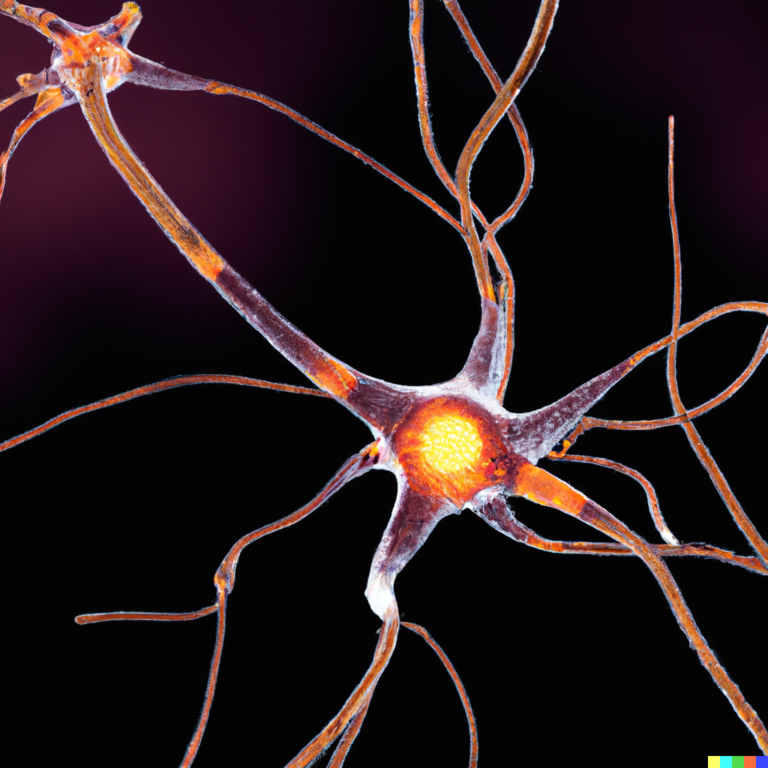Managing hyperpigmentation after 30 can feel challenging, but with the right approach, you can improve your skin’s tone and brightness. Hyperpigmentation happens when patches of skin become darker than the surrounding area due to excess melanin production. This can be triggered by sun exposure, inflammation, acne scars, or hormonal changes.
**Start with Sun Protection**
The most important step is protecting your skin from the sun every day. UV rays worsen pigmentation and make dark spots more noticeable. Use a broad-spectrum sunscreen with at least SPF 30 daily—even on cloudy days—and reapply every two hours if you’re outside for long periods.
**Use Targeted Topical Treatments**
Certain creams and serums help fade dark spots over time by lightening excess pigment and encouraging cell turnover:
– **Hydroquinone:** A strong ingredient that reduces melanin production.
– **Azelaic acid:** Gentle on sensitive skin while brightening.
– **Retinoids (like retinol):** Promote faster skin renewal and improve texture.
– **Vitamin C:** An antioxidant that brightens and protects against free radical damage.
Consistency is key—these products usually take several weeks to months to show visible results.
**Consider Chemical Peels**
Chemical peels use acids like glycolic acid (an alpha hydroxy acid) or salicylic acid (a beta hydroxy acid) to exfoliate the top layers of your skin. This helps remove pigmented cells and stimulates collagen production for smoother, more even-toned skin. Superficial peels can sometimes be done at home with mild formulations; stronger peels should be performed by professionals.
**Explore Laser or Light Therapies**
For stubborn pigmentation, laser treatments are effective options:
– **Intense Pulsed Light (IPL):** Targets melanin broadly to reduce dark spots caused by sun damage.
– **Fractional laser resurfacing:** Creates tiny controlled injuries in the skin that boost collagen growth while breaking down pigment deposits.
These procedures require professional care but often deliver faster results than topical treatments alone.
**Try Microneedling**
Microneedling involves tiny needles creating micro-injuries in the skin which stimulate collagen production and encourage healing. It improves overall texture and helps lighten pigmentation gradually. Sometimes it’s combined with platelet-rich plasma therapy for enhanced effects.
—
Managing hyperpigmentation after 30 requires patience because fading dark spots takes time—often several months of consistent care before you see improvement. Protecting your skin from further damage while using proven treatments will help restore a clearer complexion over time without harsh measures or quick fixes.





